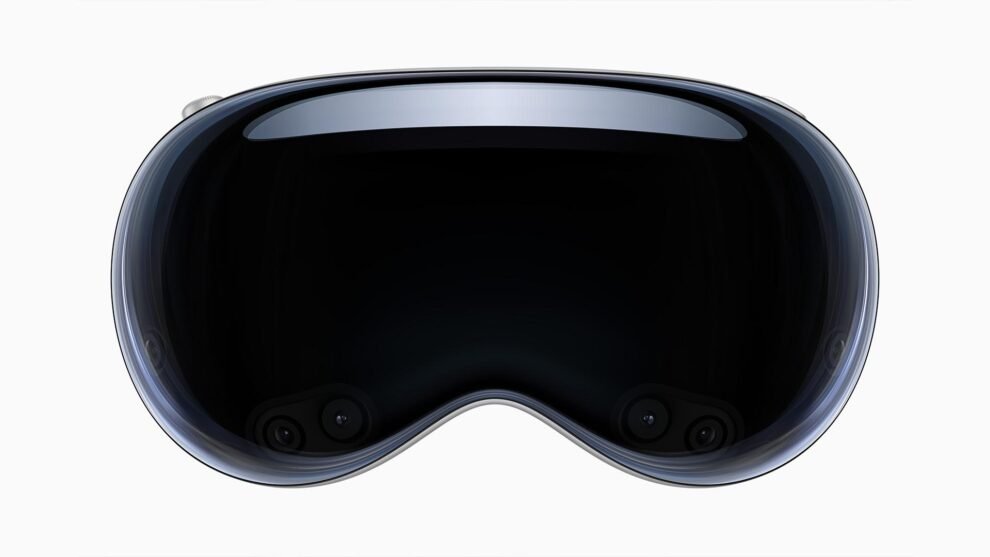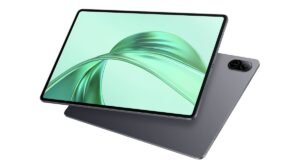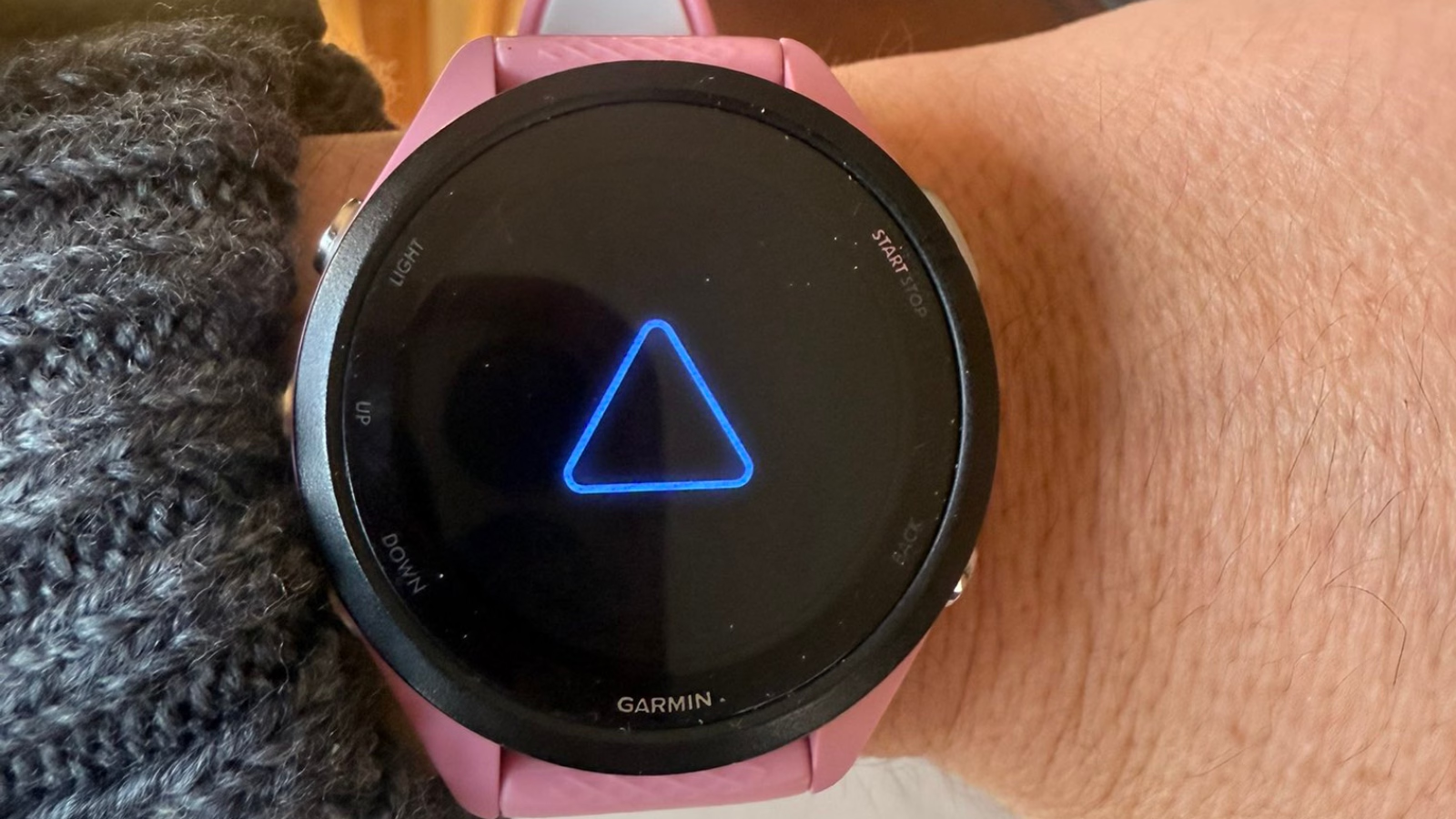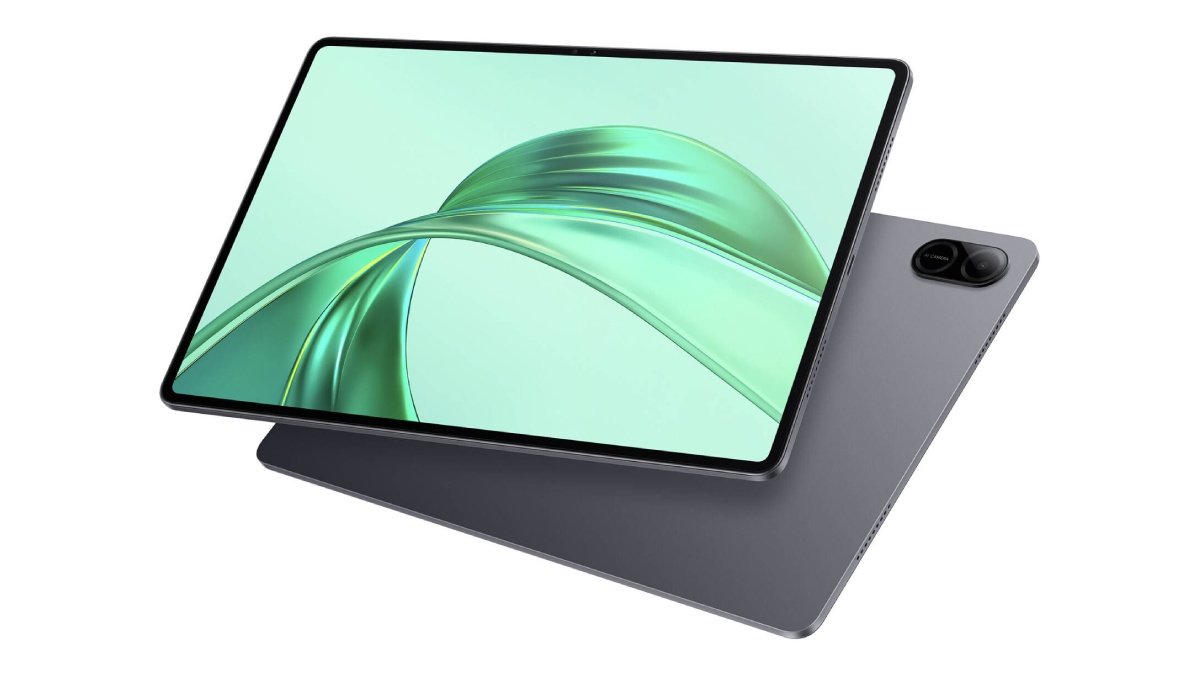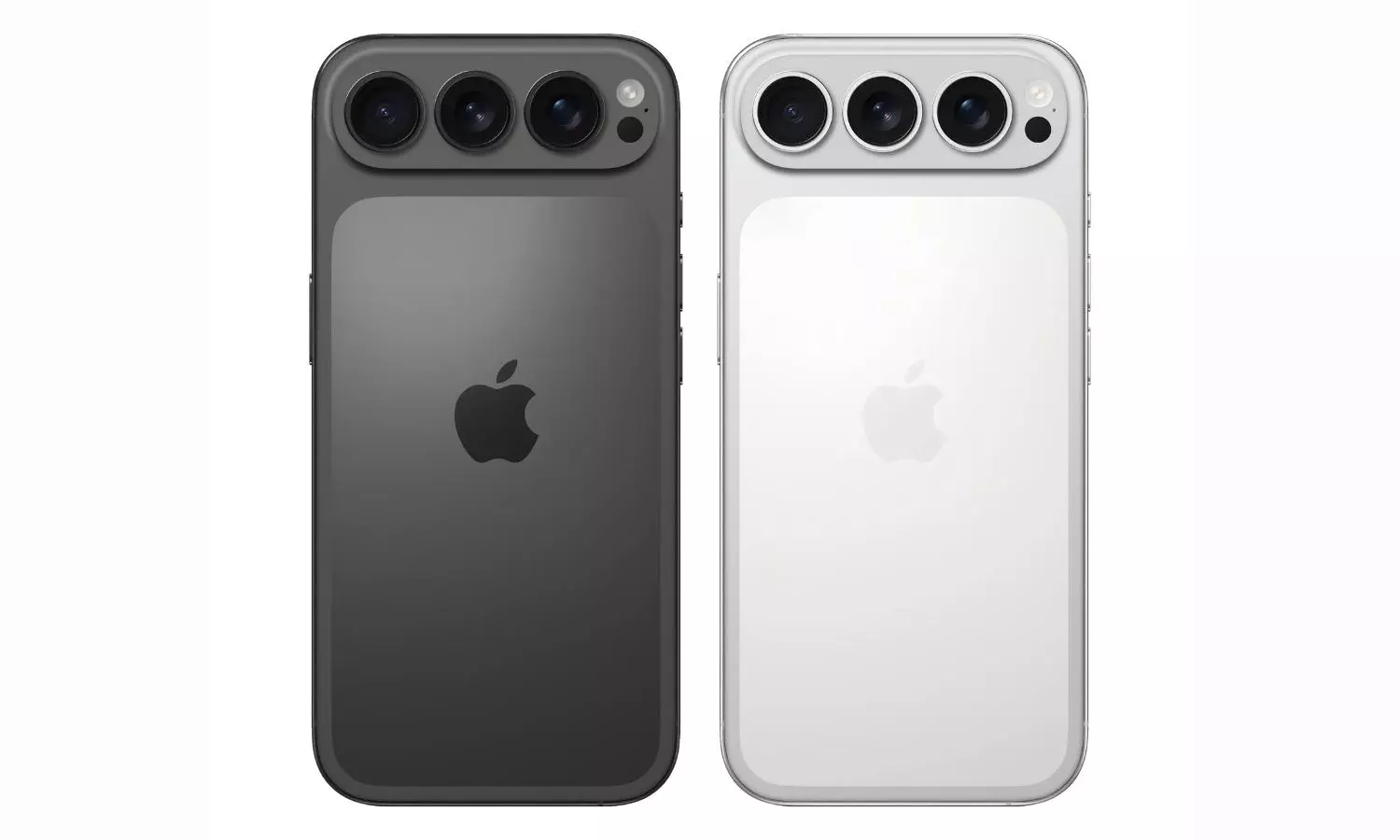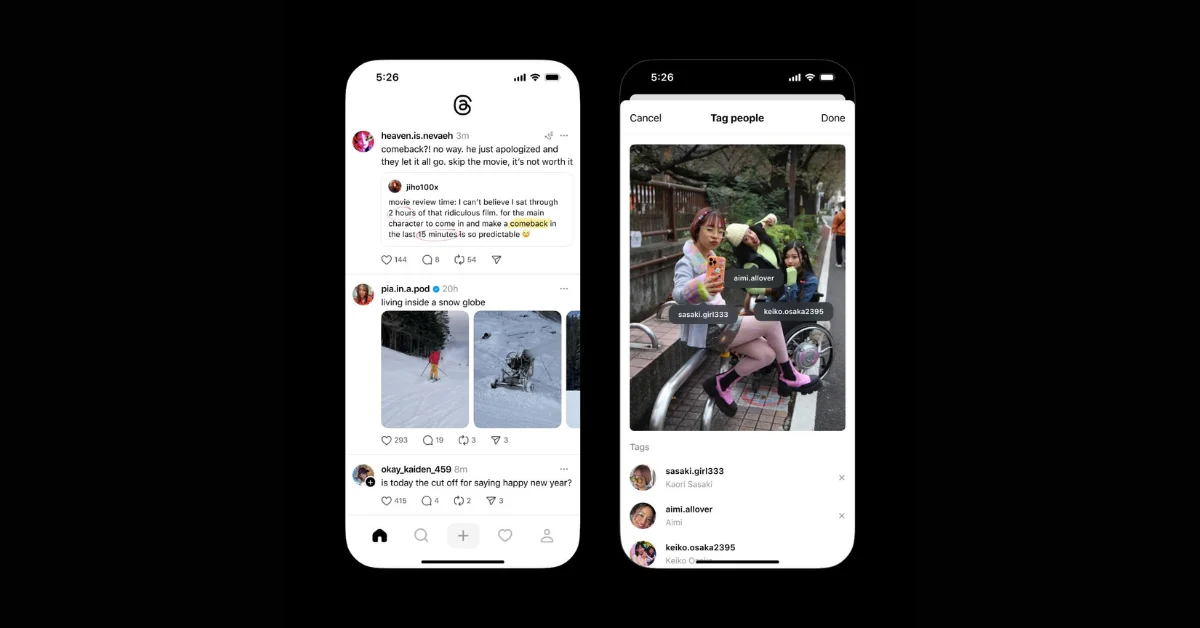Adobe has made a bold move for creative professionals and enthusiasts alike, bringing its renowned photo editing software, Lightroom, and its cutting-edge AI image generation tool, Firefly, to the Apple Vision Pro headset. This marks a significant leap forward in unlocking the potential of mixed reality (MR) for content creation, allowing users to seamlessly edit photos, generate AI-powered visuals, and manipulate them directly within the immersive environment.
Key Highlights:
- Adobe’s popular photo editing software, Lightroom, and its AI-powered image generation tool, Firefly, are now available as native apps on the Apple Vision Pro headset.
- This move marks a significant step forward in creative workflows within mixed reality environments.
- Users can directly edit photos, generate AI-powered visuals, and manipulate them in real-time within the headset.
- Both apps are optimized for hand gesture controls and a streamlined interface for the VisionOS platform.
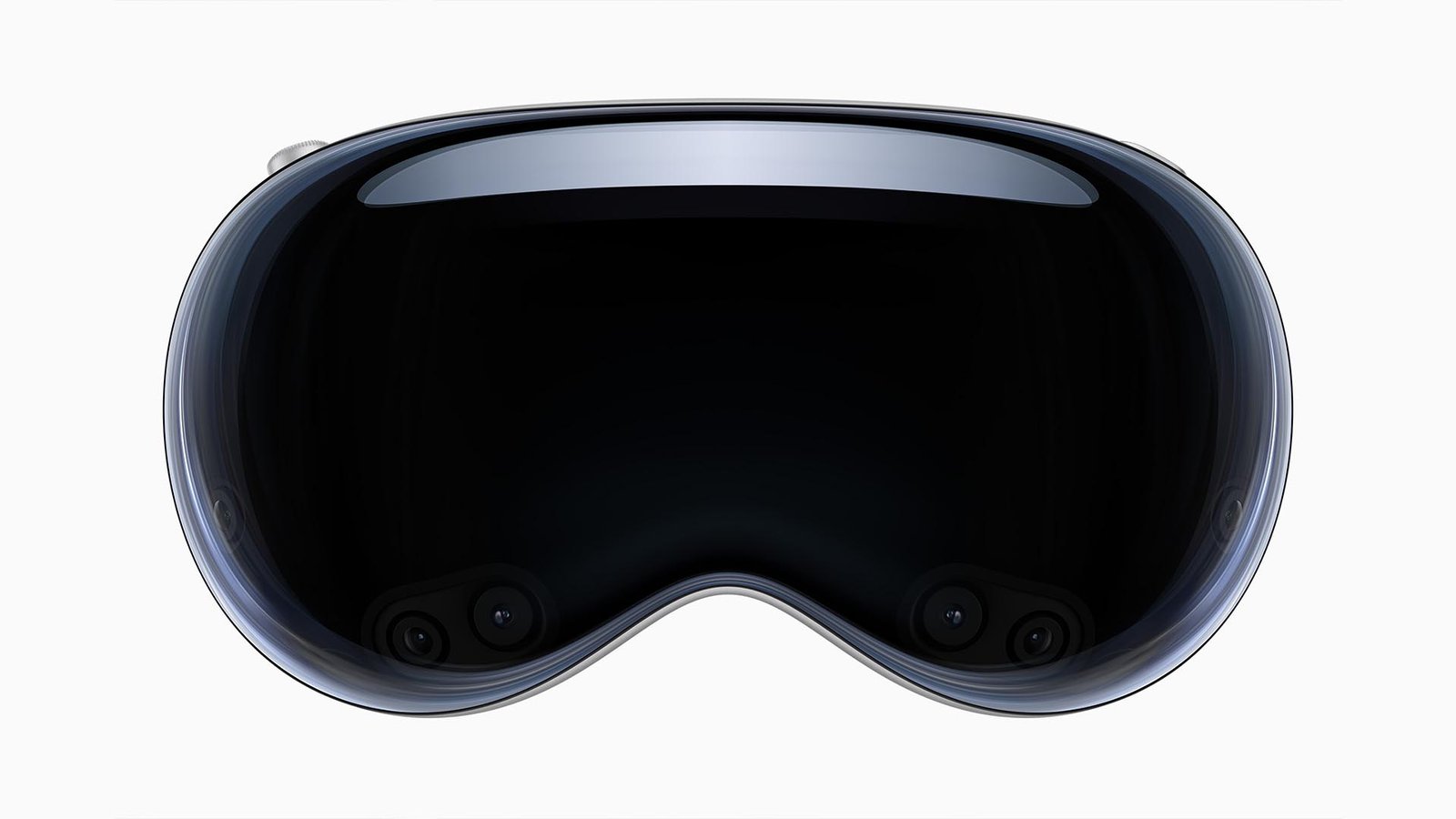
The VisionOS versions of Lightroom and Firefly have been specifically designed for the unique interaction possibilities of the headset. Both apps feature a simplified interface optimized for hand gesture controls, making it intuitive and natural to navigate within the MR space. Lightroom retains its core editing tools for adjusting exposure, color, and other crucial parameters, while offering a streamlined workflow tailored for the headset’s limitations.
Firefly, the AI-powered text-to-image tool currently available in Photoshop, becomes truly interactive in the Vision Pro environment. Users can simply enter a text description of their desired image, and Firefly generates multiple options within the headset. These AI-generated visuals can then be manipulated, resized, and positioned within the real world using hand gestures, opening up exciting possibilities for concept visualization, storyboarding, and even 3D asset creation.
This integration between software and hardware holds immense potential for various creative fields. Architects can envision and iterate on designs within physical spaces, product designers can prototype concepts in real-time, and artists can explore new forms of expression by blending AI-generated elements with the real world. Additionally, educators can leverage these tools to create immersive learning experiences, while marketing professionals can develop engaging product presentations.
Beyond the initial excitement, questions remain about accessibility and long-term impact. The Vision Pro’s high price tag currently limits its reach, raising concerns about inclusivity within the creative community. Additionally, the integration’s dependence on specific hardware raises questions about its long-term sustainability and adaptability to future MR advancements.
Despite these challenges, Adobe’s bold move with Lightroom and Firefly signifies a crucial step towards democratizing MR creative tools. As technology evolves and hardware costs decrease, the potential for these applications to empower creators across various fields becomes increasingly exciting. Imagine students sculpting AI-generated creatures in virtual classrooms, or architects collaboratively iterating on building designs within shared MR spaces. The future of creative expression, fueled by MR and empowered by tools like Lightroom and Firefly, holds possibilities far beyond our current imagination.
While the Apple Vision Pro remains a premium device targeted towards professionals, Adobe’s move highlights the growing importance of MR in various creative workflows. As MR technology continues to evolve and become more accessible, the integration of powerful tools like Lightroom and Firefly paves the way for a future where creativity transcends physical limitations and embraces the boundless possibilities of immersive environments.

